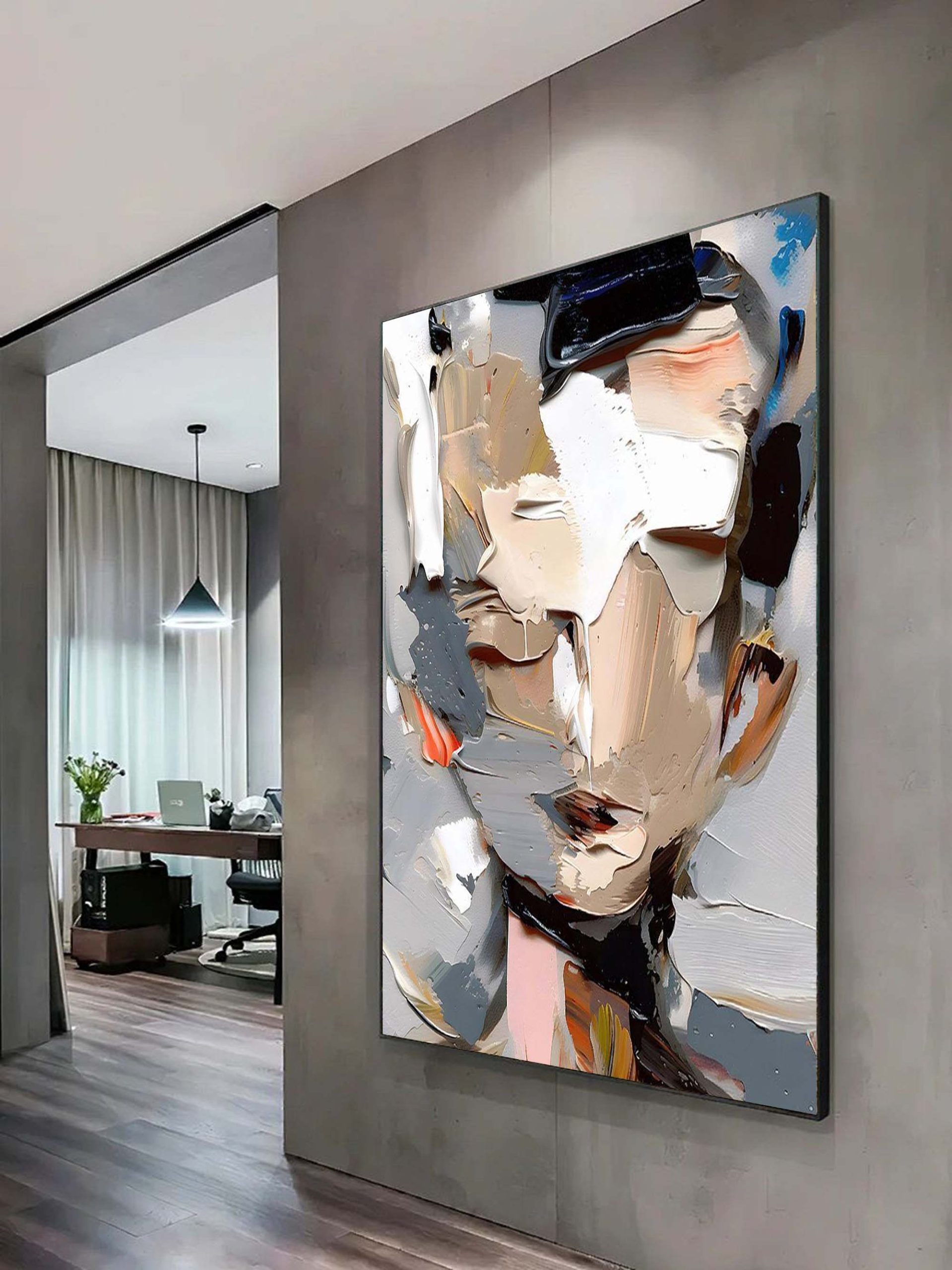Your cart is currently empty!

Introduction to Texture Art
Texture art is a captivating form of visual expression that emphasizes the surface quality and tactile feel of artwork. Unlike flat or purely visual pieces, texture art adds depth and dimension through materials, brush techniques, or layering, creating an immersive experience for the viewer. Whether it’s rough, smooth, thick, or subtle, texture transforms how we perceive and connect with art.
The Origins and Evolution of Texture Art
Texture has been an integral part of artistic expression since ancient times. From the raised carvings of Egyptian hieroglyphs to the layered frescoes of the Renaissance, artists have always explored ways to create depth and contrast. However, texture art as a focused movement began to gain momentum in the 20th century, particularly with abstract expressionists like Jackson Pollock and Jean Dubuffet, who used bold textures to convey raw emotion.
In modern times, texture art has evolved into a prominent trend in both fine art and interior design. Artists now experiment with a variety of mediums, including acrylic, sand, plaster, fabric, and even natural materials, to create artwork that is not only visually striking but also rich in tactile complexity.
Why Texture Oil Paintings Are So Popular
Among the many forms of texture art, texture oil paintings stand out for their richness, longevity, and ability to create emotional impact. Here are some reasons why they are so popular:
1. Visual Depth and Dimension
Texture oil paintings use thick layers of oil paint, often applied with palette knives or heavy brushstrokes, to build up dramatic surfaces that change with the light and viewing angle.
2. Tactile Aesthetics
Unlike flat paintings, textured art invites viewers to feel as though they can reach out and touch the artwork, engaging more of the senses and deepening the emotional response.
3. Modern Elegance
Texture paintings often complement minimalist or modern interior designs, adding character and contrast without overwhelming a space.
4. Unique and Handcrafted Appeal
Each textured oil painting is unique due to the spontaneous, layered application of paint. This individuality appeals to art collectors and home decorators alike.
Where to Display Textured Oil Paintings: Living Room or Bedroom?
The placement of texture oil paintings can significantly impact the ambiance of a room. Here are considerations for each space:
Living Room
- Why it works: As the central area for socializing, the living room benefits from bold, attention-grabbing artwork.
- What to choose: Go for larger, more dynamic pieces with pronounced textures that can serve as a focal point.
- Style tip: Pair with neutral walls and simple furniture to let the texture shine.
Bedroom
- Why it works: A textured oil painting can add calm, warmth, and depth to a restful environment.
- What to choose: Opt for subtle textures and soothing tones that promote relaxation.
- Style tip: Position above the bed or on a side wall for a serene visual anchor.
Texture art, especially in the form of oil paintings, is more than a visual experience—it’s a journey into emotion, material, and space. With its roots in historical art and its modern resurgence in interior design, texture oil painting bridges tradition and innovation. Whether placed in a living room or bedroom, it elevates any space with depth and personality. As texture art continues to rise in popularity, it offers art lovers a new way to connect with creativity on both a visual and tactile level.